The two of us are among a group of 24 volunteers and the Program Manager for Colorado Discover Ability (CDA) on an annual four-day raft trip down the Colorado River through Cataract Canyon, which runs through Canyonlands National Park. CDA’s nonprofit mission is to harness outdoor recreation to transform the lives of those with a disability. Ron Lunsford is the laid-back CDA Program Director and a good leader. He has mastered the knack of giving orders that sound like suggestions.
“The purpose of the trip was to give our volunteers experience in basic whitewater rescue. We won’t take most of our clients in a Class 3 rapid, but with the training on this trip the volunteers will have the confidence to react if an emergency does arise,” Ron said.
On the first night we make camp at Brown Betty, a Class 3 rapid with a nice beach for camping. I didn’t understand until we suited up that “training” means jumping into a boiling rapid and swimming out; intentionally flipping over raft while we’re in it; and jumping into the icy water to practice pulling each other out.
Kegan is a hops farmer and web designer with a degree from Oregon State. As with each of us, Kegan brings much to the group. It’s one thing to talk about working with someone with a disability; it’s another to be offered first hand experience.
Kegan accepts help getting in and out of the rafts and setting his tent up, but at times, so do the rest of us. It’s the nature of rafting to look out for each other. On the third day during a run through one of three Class 4 rapids (rapids are ranked 1-6) in Cataract Canyon (I propose around the campfire that evening that it should be called Cardiac Canyon), one of our group gets knocked out into – and I cannot stress this enough – the cold, cold water. He is swept into the next rapid, also a Class 4. Without hesitation, the master in the trailing raft follows him, running the huge, angry rapid without first stopping to scout the best route. By the time the rest of us scout the way through and run the rapid, our errant raft mate is making his way safely along the shore towards the raft master who has left his boat to assist. That’s the way it is, meeting each other in the middle when any of us needs help.
Kegan was in a car accident when he was 15 and broke his spine (T11/12). He does a lot outdoors. He’s tried just about every adaptive sport there is; biking, hockey, softball, basketball and tennis. He says he’s not very athletic, but I’ve seen the guy ski – and swim a rapid. Of the trip, in an email afterwards, he writes:
“My general impression of the trip can be summed up in a few words: awesome, fascinating, incredible, marvelous, prodigious, shocking, stunning, surprising, unbelievable, wonderful…The trip was hard. Having an amazing crew of people there by my side made it very doable. But getting around beaches in a wheelchair and being carried in and out of rafts, having to use the bathroom – is all a chore. But well worth it for the experiences that came out of the whole adventure. “
Kegan plans to volunteer on CDA day river trips this summer. Most of what CDA offers its disabled clients is day trips, although it works with veterans groups such as Wounded Warriors and the local VA hospital to run overnight trips. According to Ron, CDA has never turned a client a way.
“We’re an adaptive program, so we figure it out – we adapt,” he said. “In a few weeks we have a quadriplegic client with a tube whose is going to go out on the river and we have a quadriplegic ski client who comes out every week in the winter. We meet our clients’ needs, that’s why we are here.” Any day outing – whether skiing, rafting or biking – expands to the number of clients who sign up.
“I call in as many volunteers as we need,” Ron explained. “Sometimes we have large school or veterans groups that show up. Our volunteers are a really good about responding to the need we have on any given day.”
Ron said CDA stocks an array of adaptive equipment to help clients be functional, comfortable and safe. That includes adaptive rails that can be used with the camp toilet, known as a “groover”.
“We didn’t take those along on this trip for Kegan to use because he’s very athletic and the groover has sturdy side handles for transfer,” Ron explained. Rafters cannot leave anything behind, including their own solid waste. Urination is allowed in the river as it quickly dissipates in the current. For Kegan, this was accomplished by simply emptying out a urine bottle directly into the river.
The rafting expedition also featured a wide, heavy duty-landscaping screen laid down over the beach (pictured) to make it easier for Kegan to maneuver his wheelchair. It also made it easier for everyone else to walk around the campsite.
Kegan, who has a quiet yet friendly demeanor, is a good listener. He does not seem prone to give advice. But when pressed about what counsel he has for someone else contemplating wheelchair travel, he is insightful.
“The more you do it the easier it will become. You can’t always be comfortable if you plan on seeing the best things in this world. Sometimes you have to get out of the chair and leave it behind.”
CDA Contact —– PHONE: 1-970-257-1222 —– E-MAIL: office@cdagj.org

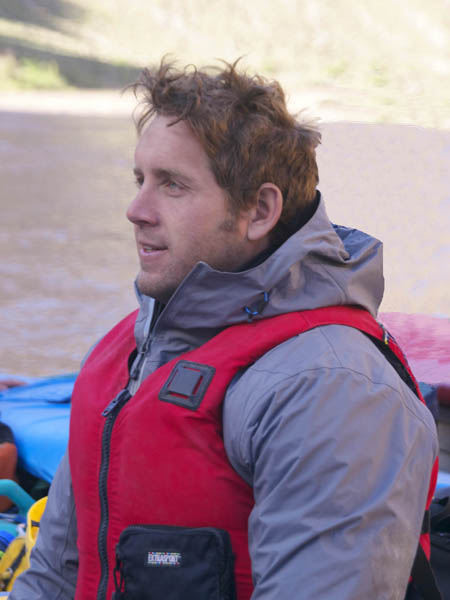
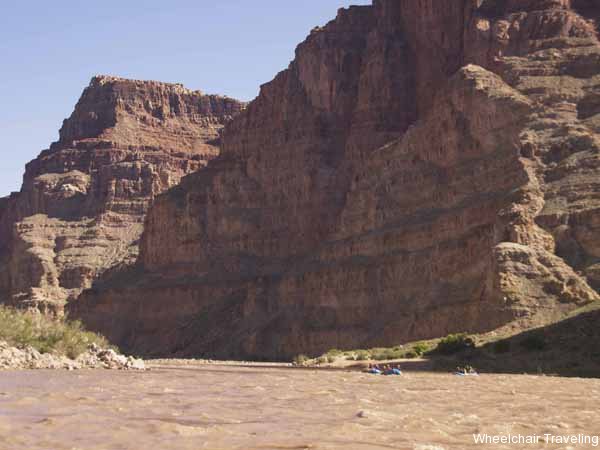
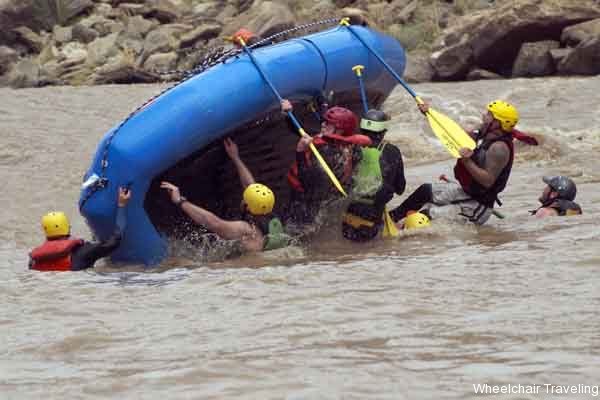
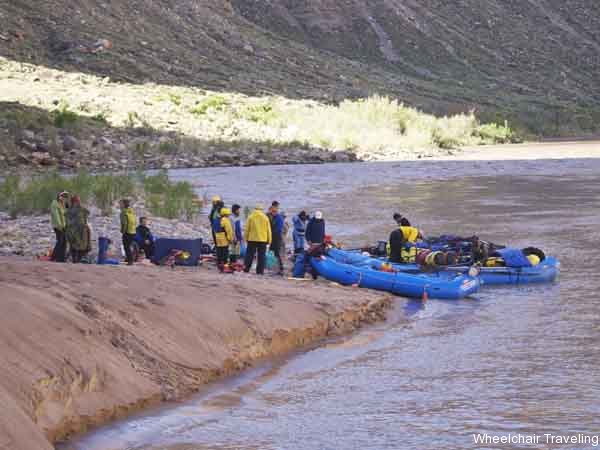
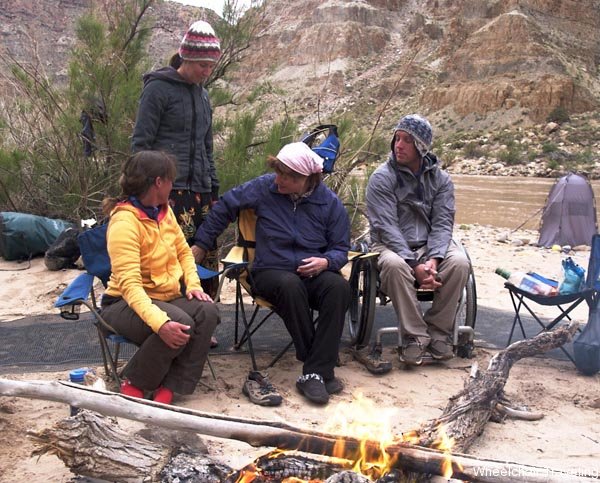
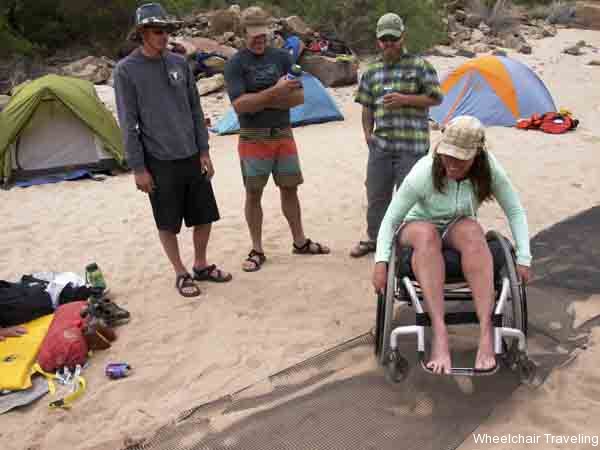
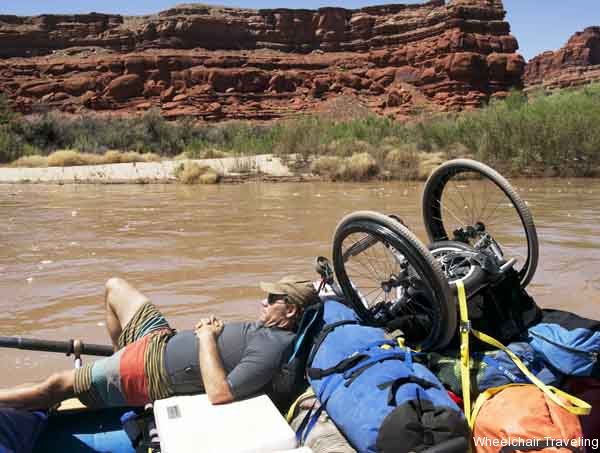


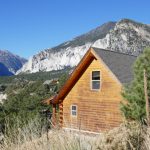
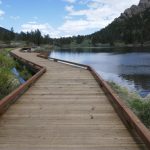
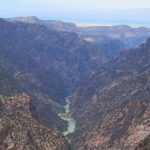



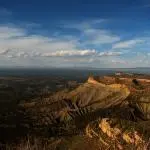



Wow that sounds like an awesome program. I’m a single mom to a 31-year-old G-tube fed paraplegic who absolutely loves boats when he’s in a boat he can hold himself up without thinking about it he’s in a whole different world. We bought a used boat couple years ago and come to find out it had a damage engine When we bought the boat because my son loves the river so much we got tired of waiting for people to invite us which hardly ever happens because they see my son is something that’s going to hold them back from… Read more »
I couldn’t find a contact number. I am looking for trip info to shoot the rapids for mobility-challenged people. My elderly friend can walk but not the miles the other trip requires to get to the start of the float trip. Thanks. Please email me your number to aariley2@gmail.com. I’ll pass that on to her. Thank you. Allyssa:)
Please contact the rafting company directly using the link provided in the article. I hope you all get to enjoy the Colorado River!